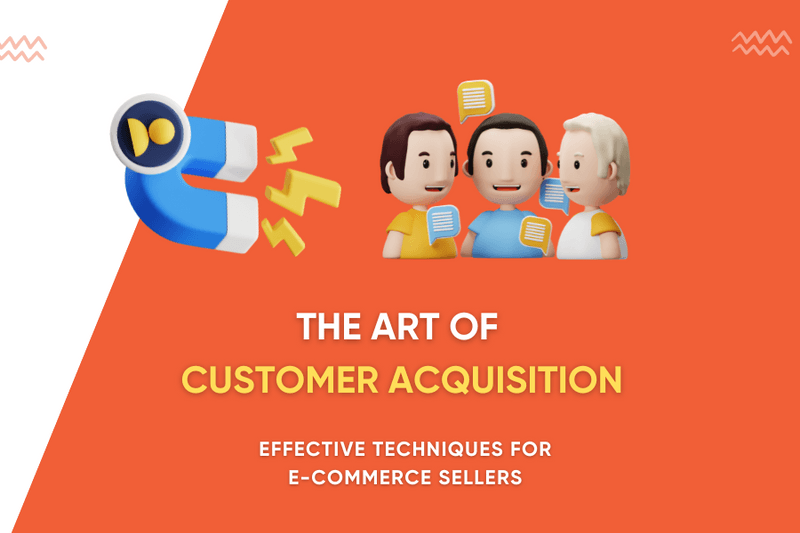
"Dreams of the future are better than the history of the past."
The wise words of the American revolutionary Thomas Jefferson have stood the test of time in a world that is changing more frequently than ever before. Particularly, it could not be truer for the revolution that e-commerce has brought to mankind and has made it quintessential for all businesses, big or small, to have an online presence.
While the journey of going digital can be harsh and taxing, a structured approach often ends up distinguishing between the dreams that remain dreams and the ones that get realized!
At Minis on Swiggy, we feel proud to share these mantras with you all which are based on inputs from sellers who mastered the art of digital selling.
Step 1: Define your business idea and test the market
The setting stone for any business is to have a clear idea of what you are trying to sell. Materially, it could be a product or a service or even a combination of the two. However, you need to clearly define the underlying customer need that your offering is trying to solve. Once the need is defined, you need to test the market for it using trial events, customer interviews and competition research to understand every customer expectation around the offering, from pricing to delivery to post-purchase expectations.
Step 2: Choose a business name and set up a website
Choosing a business name and domain is crucial for establishing your online presence. Make sure your business name is unique and easy to remember. Similarly, your web domain should ideally match your business name, availability of which can be checked using domain aggregators like GoDaddy. Thereafter, you need to choose a web hosting platform to host your website depending on your usage and your budget, such as WordPress, Wix, etc.
Next comes the most critical element of designing a website, for it contributes heavily to customer recall as well as your brand strength. For starters, keep it simple, clean, and easy to navigate. Use high-quality images and ensure that your website is optimized for mobile devices. Note that the design also includes setting up order processing related elements such as payment gateway, shipping, etc., so make sure to have all elements of the puzzle in place.
Pro-tip: Since setting up so many elements of a website can be challenging in terms of both time and money, you could use enabling platforms which set up a digital store for you in minutes. Just so you know, Minis on Swiggy is one such platform.
Step 3: Start marketing your website to generate traffic
Generating traffic to your website is crucial for its success and you can use several tools for the same, such as Search Engine Optimization (SEO), which involves optimizing your website for search engines to rank higher in search results, social media platforms like Facebook, Instagram, etc. and by creating high-quality content that is shareable and engaging.
Step 4: Optimize conversions on your website
Once the traffic lands onto your website, you need to find ways in which you can convert thy into shoppers. The most effective way to do so is to have a user-friendly navigation and a clear call-to-action such as a button prompting the visitors to Buy Now. Additionally, website content such as high-quality images and description, discounted pricing, etc. also contribute to improving conversions.
Now that the cheat-sheet of this seemingly daunting task of setting up an online store is here, we hope your journey is smoothened and that you soon start delighting your customers with your new digital identity.
While that is all for today, stay tuned, and keep watching this space for more insights that will help you ace the e-commerce maze!


